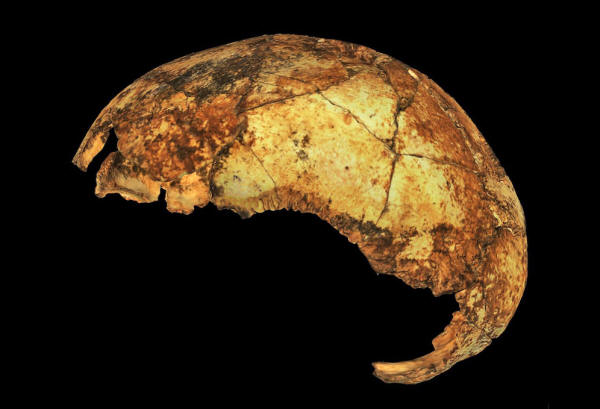|
December 15, 2020 was almost overlooked by researchers. (Credit: Andy Herries, Jesse Martin and Renaud Joannes-Boyau)
A fossil that sat exposed at a cave site for eight years upends human family tree...
Archaeologists ignored
the fossil, assuming it to be a baboon, until they swept up pieces
that had crumbled free in 2015. Early on, the remains looked more
human than monkey.
The researchers published their big news (Contemporaneity of Australopithecus, Paranthropus and early Homo erectus in South Africa) in Science this April:
The first came from
Homo erectus - a species thought to have originated 200,000
years later in East Africa.
He says the story needs to be updated.
A contemporaneous site 6
miles away yielded another cousin, Australopithecus sediba,
in 2010 - meaning at least three lineages of the human
family tree occupied South Africa about 2 million years ago.
Researchers from Griffith University in Australia re-dated a fossil discovered in 1921 in Zambia.
But the revised age shows
this creature lived as recently as 300,000 years ago, suggesting
H. heidelbergensis coexisted with our own species.
|

